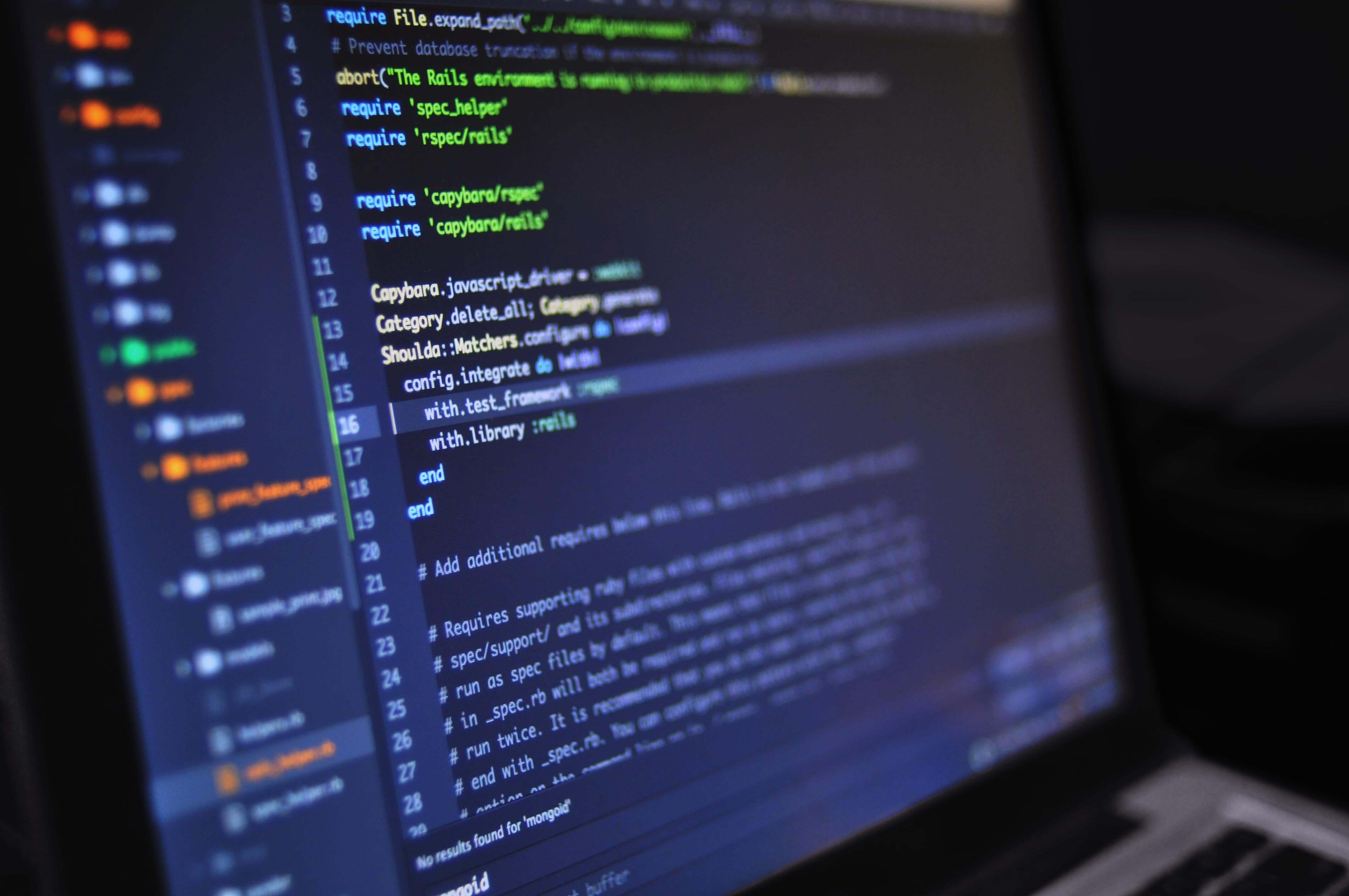Octal To Decimal
 Advertisement
Advertisement
Introduction:
In the intricate world of computer science, where ones and zeros reign supreme, the need for efficient
and user-friendly conversion tools is undeniable. Binary and octal numeral systems play a crucial role in
digital computations and data representation. The transition from binary to octal, though seemingly
straightforward, can be time-consuming and error-prone when done manually. This is where Binary to
Octal conversion tools come to the rescue, providing a swift and accurate solution. In this article, we will
explore the significance of binary and octal systems, understand the manual conversion process, and
delve into the features and functionality of binary-to-octal conversion tools.
Binary and Octal Systems:
Before delving into the conversion tools, it is essential to grasp the fundamentals of the binary and octal
numeral systems. Binary, the base-2 system, employs only two digits, 0 and 1. This system is
fundamental to computer science and digital electronics, where everything is represented using
combinations of these two digits.
On the other hand, the octal system, a base-8 system, utilizes eight digits, namely 0, 1, 2, 3, 4, 5, 6, and
7. Octal numbers are often used in computing as they offer a more compact representation than binary
while still being easy to understand.
Manual Binary to Octal Conversion:
The manual conversion of binary to octal involves grouping binary digits into sets of three and then
assigning the corresponding octal digit to each group. Let's illustrate this process with an example:
Binary Number: 110101100
Step 1: Group the binary digits into sets of three from right to left.
110 | 101 | 100
Step 2: Assign the corresponding octal digit to each group.
6 5 4
Therefore, the octal equivalent of the binary number 110101100 is 654.
While this method is straightforward for smaller binary numbers, it can become cumbersome and prone
to errors for larger numbers. This is where Binary to Octal conversion tools come in handy, providing a
quick and accurate solution.
Binary to Octal Conversion Tools:
Binary to Octal conversion tools are online utilities designed to simplify the process of converting binary
numbers into their octal equivalents. These tools are user-friendly and eliminate the potential for human
error in manual conversions. Here are some key features and functionalities of these tools:
1. Efficiency and Speed:
- Conversion tools offer a rapid and efficient way to convert binary numbers to octal, saving valuable time for users.
- The algorithms implemented in these tools ensure accuracy and precision in the conversion process.
2. User-Friendly Interfaces:
- Most Binary to Octal conversion tools feature intuitive and user-friendly interfaces.
- Users can easily input their binary numbers and receive instant results without the need for complex manual calculations.
3. Accuracy:
- These tools are programmed with robust algorithms that guarantee accurate conversions.
- Users can trust the results obtained from these tools, reducing the risk of errors associated with manual conversion.
4. Batch Conversion:
- Some advanced tools support batch conversion, allowing users to convert multiple binary numbers to octal simultaneously.
- This feature is particularly useful for users dealing with datasets or multiple binary inputs.
5. Educational Resources:
- Many conversion tools come equipped with educational resources, providing users with explanations and tutorials on binary and octal systems.
- This enhances the learning experience for users who may be unfamiliar with the intricacies of numeral systems.
6. Accessibility:
- Online tools are accessible from various devices with internet connectivity, providing users with the flexibility to perform conversions anytime and anywhere.
7. Privacy and Security:
- Reputable conversion tools prioritize user privacy and data security.
- Users can trust that their input data is handled securely, without the risk of unauthorized access.
Conclusion:
In the ever-evolving landscape of technology, Binary to Octal conversion tools stand as invaluable resources for students, professionals, and enthusiasts alike. These tools not only simplify the conversion process but also contribute to a deeper understanding of binary and octal numeral systems. As we continue to witness advancements in computing and digital technologies, the role of such tools becomes increasingly prominent. Whether for educational purposes or practical applications, Binary to Octal conversion tools remain indispensable in the toolkit of anyone working with digital data.